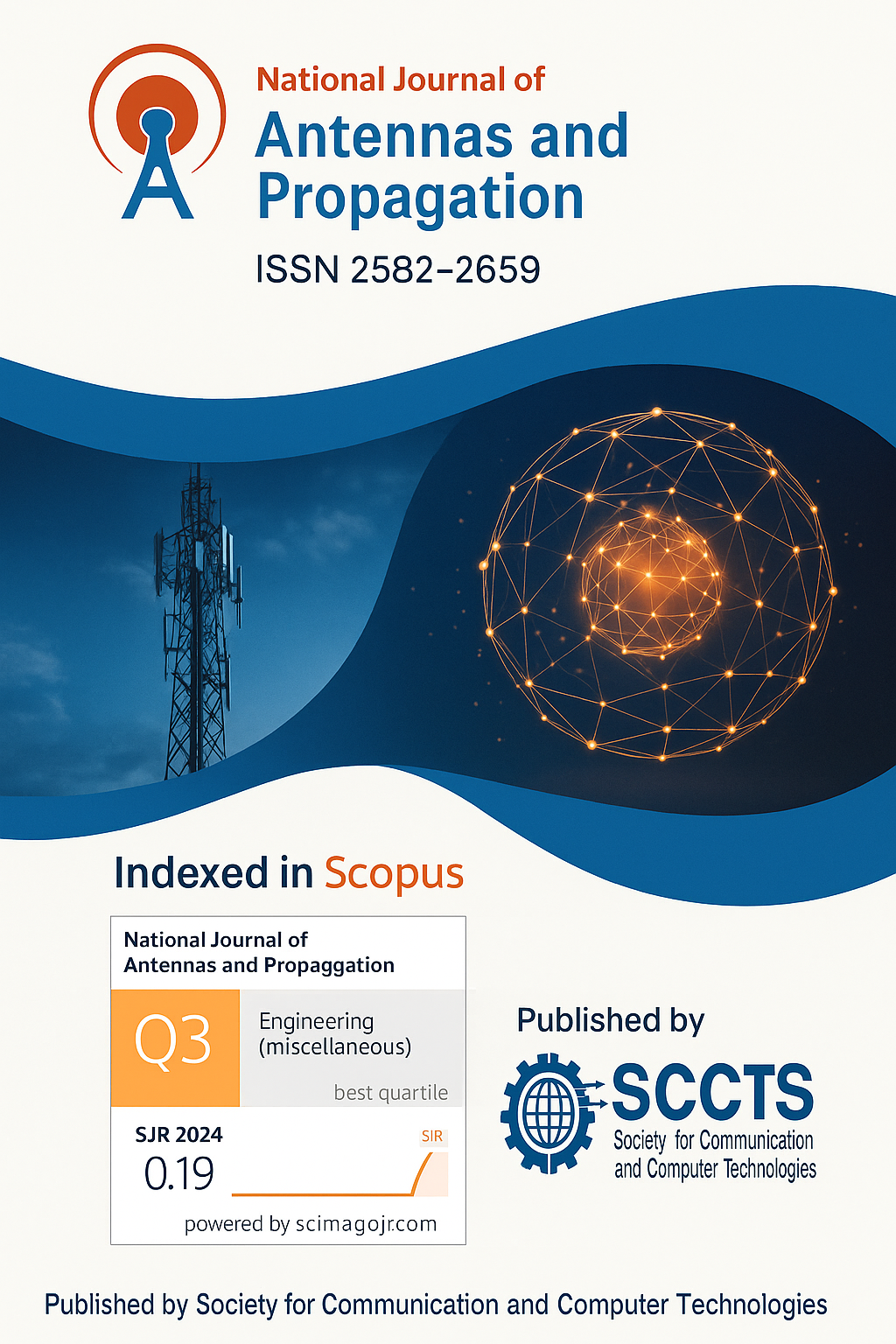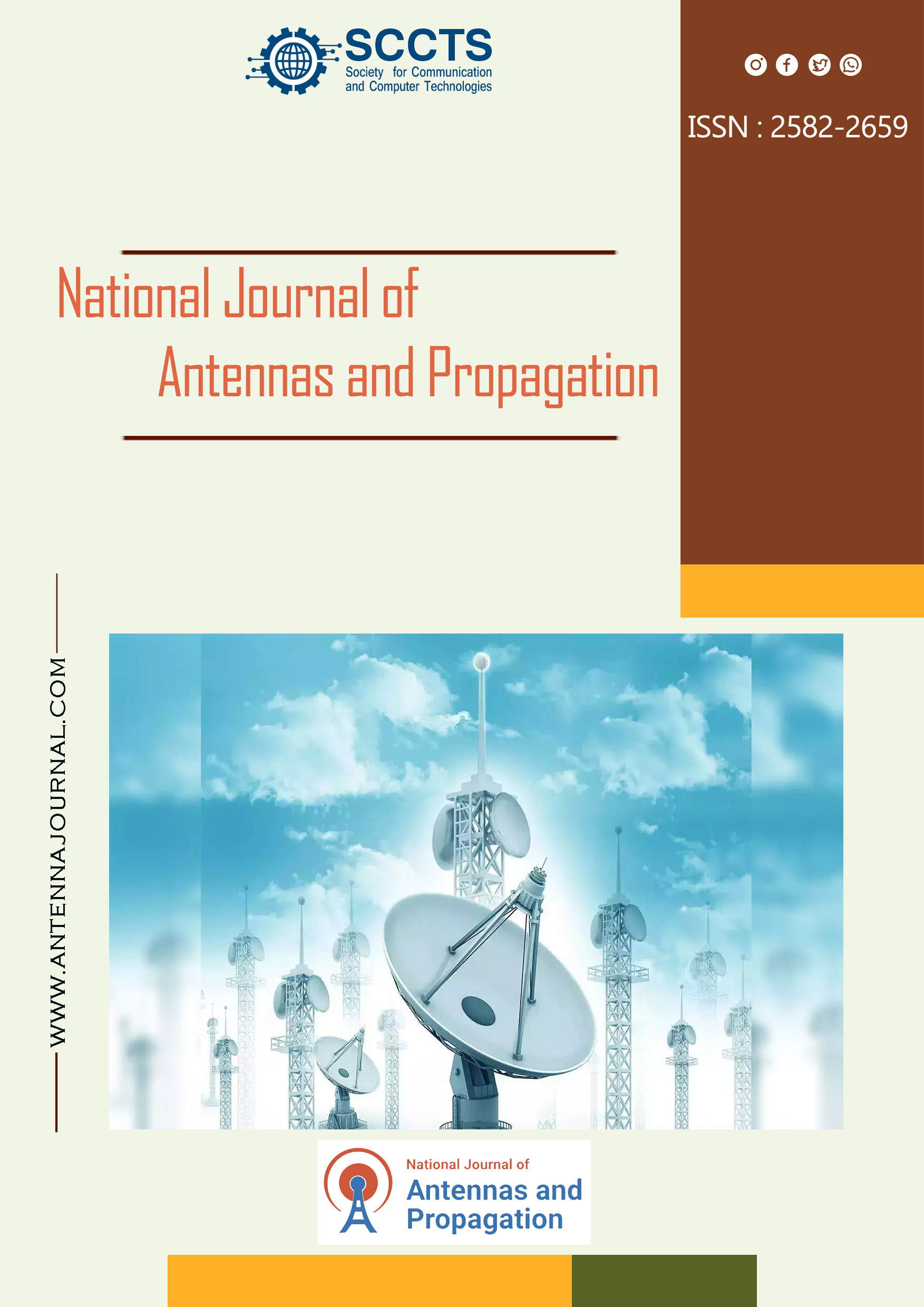Integrated Terrestrial-Satellite 6G Networks for Ubiquitous Global Connectivity and Low-Latency Services
DOI:
https://doi.org/10.31838/NJAP/07.01.34Keywords:
6G Wireless Networks, Integrated Terrestrial–Satellite Systems, Antenna-Aware Orchestration, Beam Alignment, Elevation-Dependent Gain, Low-Latency Communication, Cross-Domain Resource ManagementAbstract
The occurrence of sixth-generation (6G) wireless networks provides a paradigm shift to
a connected, robust, and ultralow-latency world. Yet, terrestrial networks are still limited
in their coverage, particularly in those remote and underserved areas, whereas satellite
networks are characterized by high latency and shortage of spectrum. The limitation
of this work is that to overcome this limitation an antenna-aware orchestration framework
is proposed in this paper within integrated terrestrial and satellite 6G networks.
The framework integrates heterogeneous areas by AI-enabled cross-domain coordination,
dynamic resource allocation, and integrates directional antenna gain modeling explicitly as
a function of elevation angle, and beamwidth. Impactful architectural characteristics comprise
smart beam-steering planning strategies and intelligent mobility-conscious spectrum
together with beam-aligned handover administration. The influences of antenna misalignment
on signal quality are mathematically and systematically examined and, as proven by
simulations, significant gains in signal-to-noise ratio (SNR), bit error rate (BER) and continuity
of coverage improve considerably when the modulation scheme is used in high-mobility
surroundings. The overall end-to-end latency and throughput of such a system is better
than either of the standalone terrestrial or satellite implementations. The proposed architecture
fills the gap that existed between RF-layer beamforming and network-layer mobility
management thereby providing a solid basis of resiliency, mission-critical, and globally
distributed 6G communication services











